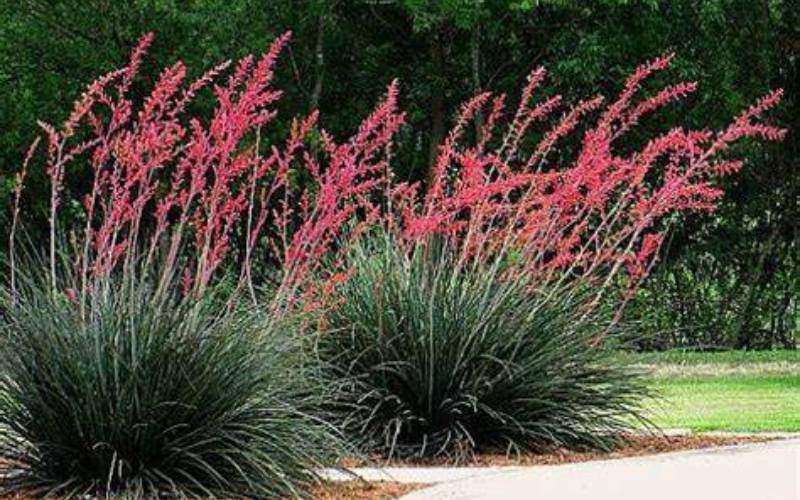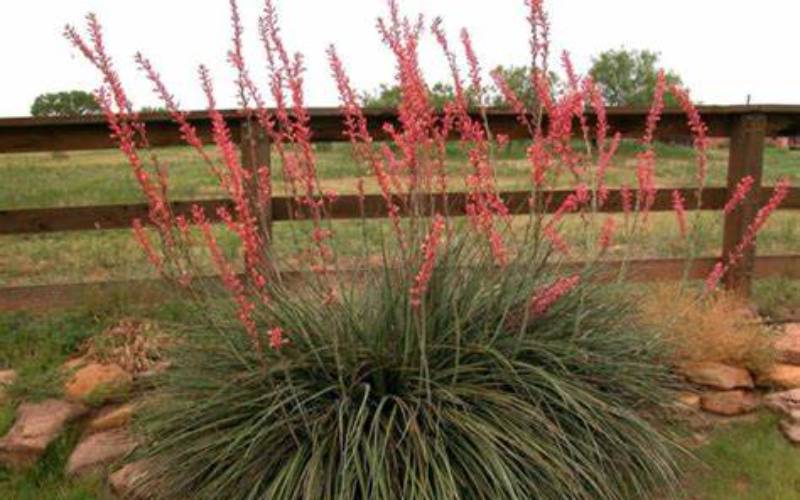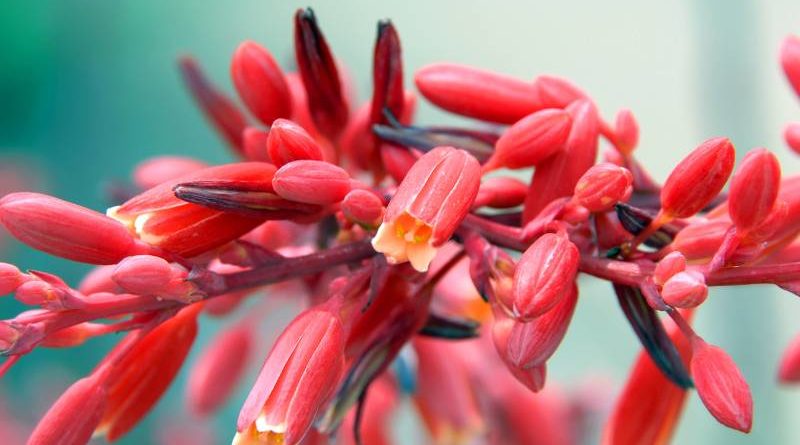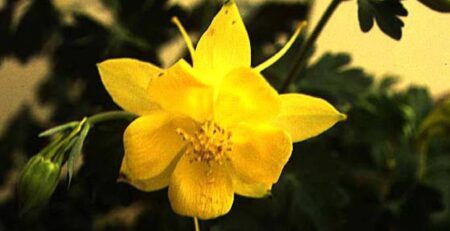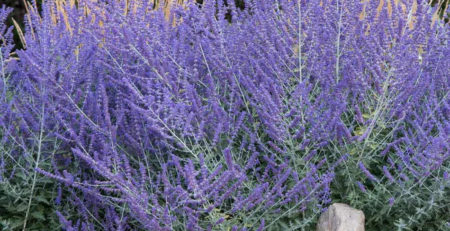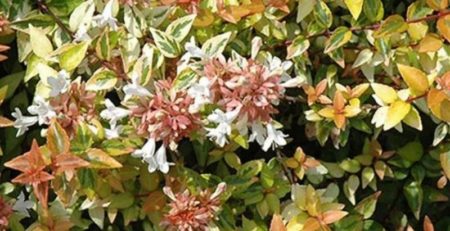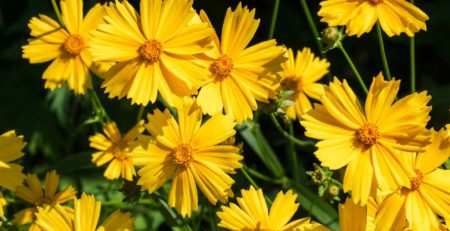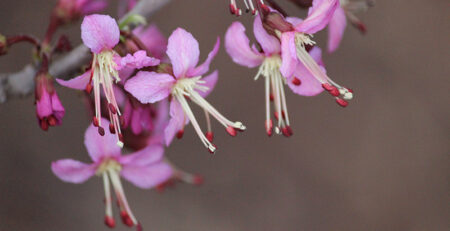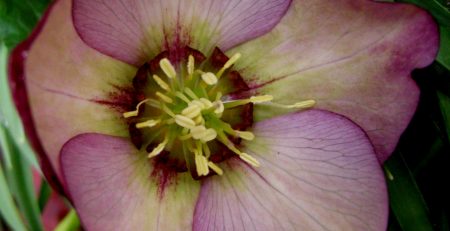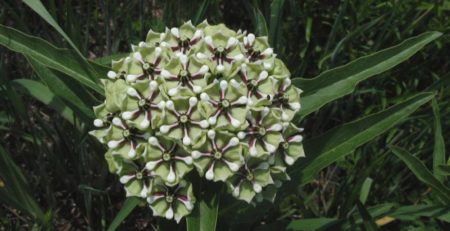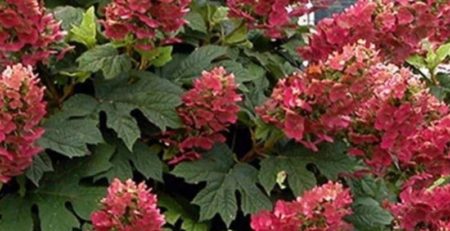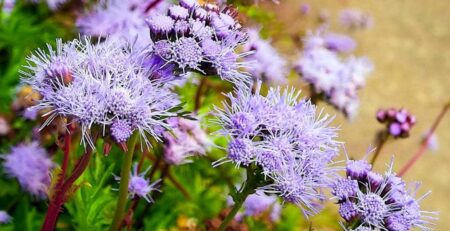Red Yucca (Hesperaloe parviflora)
Plant Description:
Red Yucca is a striking, low-maintenance, evergreen succulent with showy, long-lasting flowers that adds dramatic color and an architectural presence to rock gardens, xeriscapes, containers and landscapes. Popular in both public and private settings, this plant provides impressive sculptural features with handsome, sword-like, blue-green basal leaves that arch upward 3-5 feet tall, and spread outward 5-6 feet wide. In late spring pink, wand-like, 5-foot flower stems emerge well above the foliage, producing delightful rosette clusters of rose-pink blossoms. These charming bell-shaped flowers bloom nearly year-round in warmer regions, and attract hummingbirds, bees, butterflies, and other beneficial insects. Native to the deserts of Texas and northeastern Mexico, Red Yucca thrives in full sun and hot, dry, desert conditions; however, this plant is easily grown in almost any well-drained soil with adequate sunlight. Known for extreme hardiness in USDA zones 5-11, Red Yucca surprisingly tolerates the sub-zero temperatures of cooler climates where the evergreen foliage turns slightly purple in winter. Although it is closely related to Yuccas, Red Yucca is actually is a member of the Century Plant Family. There are sources who claim it is safe to eat Red Yucca roots and leaves for health benefits. This would be true if it were a true Yucca; actually, the leaves and roots of Red Yucca are considered toxic and could potentially cause rashes, irritations and digestive upset.

Common Name: Red Yucca, Yellow Yucca, Coral Yucca, Hummingbird Yucca, Redflower, False Yucca, Samandoque Flor Roja
Botanical Name: Hesperaloe parviflora
Category: Cacti/Succulent
Lifecycle: Perennial
USDA Symbol: HEPA8
Hardiness Zones: 5A – 11B
Sun: Full Sun (6+ hours of sun per day)
Water: Low
Soil: Adaptable
pH: Slightly Acidic (6.1-6.5)
Height: 3 to 5 ft
Spread: 5 to 6 ft
Spacing: 2 to 3 ft
Growth Rate: Slow
Bloom Time: Spring, Summer & Fall
Bloom Color(s): Red, Pink
Leaf Shape: Acicular
Leaf Arrangement: Whorled
Leaf Retention: Evergreen
Propagation & Planting:
Red Yucca may be propagated through seed germination, stem cuttings, and clump division; clump division of “pups” is the most successful. Established plants will eventually develop offsets or “pups” that grow to the side of the plant. To propagate, dig up the offsets and replant them. Young potted plants are also readily available at nurseries. Select a location with full sun and well-drained soil. Space both nursery plants, or harvested “pups,” at least 2-3 feet apart to allow for mature growth; young plants may be small, but they will spread relatively quickly.
Plant Care:
Red Yucca is fairly maintenance free. Established plants are extremely drought tolerant, although occasional watering in hot summer months encourages growth and flowers. Young, tender plants may require protection from rabbits and deer.
Fertilize:
Red Yucca does not require any fertilization.
Prune:
Older leaves of Red Yucca will eventually die and drop to the ground; these may be individually cut off for a neater appearance. After flowering, dead flower stalks may be removed for a cleaner look. However, when left to produce fruit, the resulting seeds are a good food source for birds, and may be used to start new plants.
Pest & Disease:
Red Yucca has no serious insect or disease problems. Fungal root rot can occur in damp, heavy soils. Avoid overwatering, and plant in a well-drained location to help prevent this condition. Aphids may appear, especially when flowers are in bloom. The insects are usually not a problem, but may be removed by spraying with high-pressure water, or a natural insecticidal soap. Occasionally, scale insects may find Red Yucca an attractive target. The safest effective way to control scale is with a horticultural oil spray. Read and follow package directions on all horticultural products.
PlantTAGG® is the most technically advanced mobile solution for helping gardeners learn about and care for their plants. PlantTAGG’s goal to educate gardeners blends seamlessly with the mission of the Master Gardener program to provide research-based horticultural information to the residents of Dallas County and beyond. To set up your own yard, download the PlantTAGG app.
